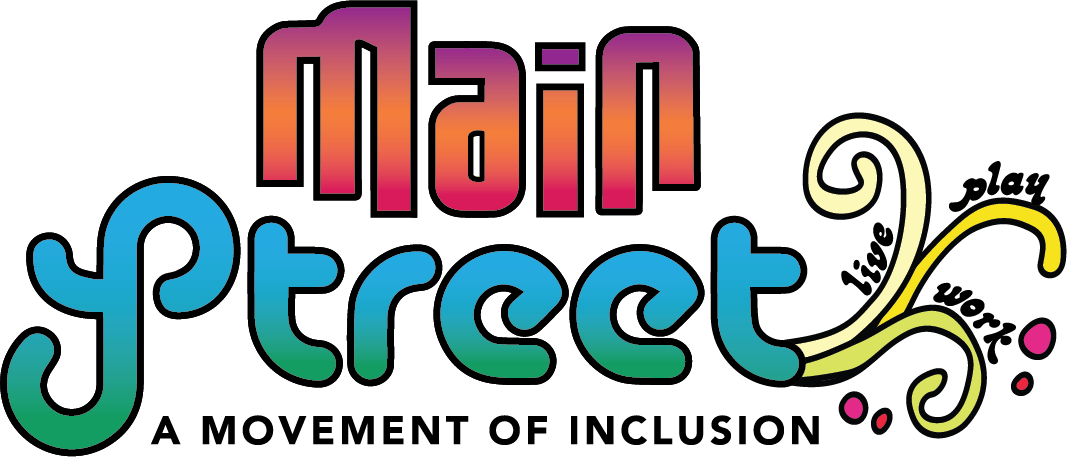Fulfilling an Unmet Need
Society today overlooks and isolates adults with disabilities, leading to insurmountable challenges for them and their families, as well as communities stripped of the beauty these individuals bring. Today, fewer than 1 in 4 adults with disabilities live independently, and existing housing alternatives are limited, generally unaffordable and lack meaningful inclusion. Of the 5.1 million Americans with an intellectual or developmental disability, 3.5 million of them live with their families, generally with aging parents who carry immense worry about what will happen to their adult children when they are gone.
In addition to a lack of housing options, adults with disabilities lack opportunities to be full and active members of their communities. As they reach “the cliff” at age 21, they lose all entitlements to education, many cannot find or afford continued education, most are unemployed or underemployed and many lack any type of meaningful social and community anchors. This combination of devastating factors often leads to loneliness, depression, isolation and a life devoid of purpose and independence.
Research and experience have shown that, more than anything, most adults with disabilities want to be connected to community, want to live independently and want to work – they just need opportunities to do so. They and their families are desperately seeking a place to belong – a community offering friendship, purpose and hope.
Main Street as a Solution
Main Street was created to address this void – to offer opportunities for inclusive living and community engagement, empowering people of all abilities to lead to happier, healthier and more fulfilling lives. The Main Street model benefits individuals with disabilities, their often overburdened families and their communities, which are enriched when people of all abilities have opportunities to contribute.
Main Street is different from other housing projects because of its affordability – with 75% of its 70 apartment units renting for well below market rates – as well as its inclusive, community-focused model. A mix of different ages, abilities and economic levels creates organic, meaningful interactions and opportunities that inspire the pathways to friendship and independence. Enriching, on-site activities remove the physical barriers often associated with group homes. Main Street’s city-centered location in Rockville, Maryland, provides easy accessibility to transit, employment opportunities and leisure. Grocery stores, restaurants and a three-story public library are within walking distance. Main Street redefines the concept of home by offering a place to truly live.
Moreover, in addition to providing inclusive housing, Main Street welcomes non-residents of all abilities to join as members of its 10,000-square-foot community center. The center includes a fitness space, teaching kitchen, multimedia room, classrooms and a cyber-cafe. Through this membership program, Main Street expands its community of belonging well beyond the approximately 150 residents of the Main Street building.
To learn more about the ways in which Main Street is meeting the needs of those in our community, please visit our Stories page.
Importance to the Community
As their parents get older, who will care for people with disabilities?
America Magazine| May 27, 2018 | Read the article
This article provides statistics and instances of people with disabilities and the difficulties of living independently. It discusses the shortage of new nonprofit group homes, which are replacing institutions and the struggles the government has with fulfilling this need. It also reviews the history of housing for adults with special needs.
“The Matesics [family with an adult with special needs] would like Bob to move into a local group home, with round-the-clock care funded by Medicaid. But there is no room for him. After four years on a state waiting list, he still cannot get a spot.”
Who Decides Where Autistic Adults Live?
The Atlantic | May 26, 2018 | Read the article here
This article looks at early institutions, current laws and regulations and the plight of individuals with disabilities and their families in need of housing options.
“Right now, 80,000 autistic adults are on waiting lists for residential placements that can be up to 10 years long, and the nonprofit advocacy organization Autism Speaks estimates that half a million autistic children will transition to the adult state-by-state funding system over the next decade.”
For Some Moms, the Nest May Never Be Empty
Kveller | September 11, 2017 | Read the article here
This article discusses the reality that most parents of children with a disability face – a life of caring for their children from home.
“Every parent facing down the prospect of an empty nest knows that [it’s hard to have a child leave home]. What I’m not always sure they realize, though, is just how fortunate they are to have children healthy and independent enough to leave home. Not everyone is that lucky.”
Looking Into the Future for a Child With Autism
The New York Times | August 31, 2018 | Read the article here
This article talks about a parent’s struggle to envision a positive future for her son with autism.
“How do you write about the happy life you hope for your child to have when you have a hard time picturing it yourself?”

